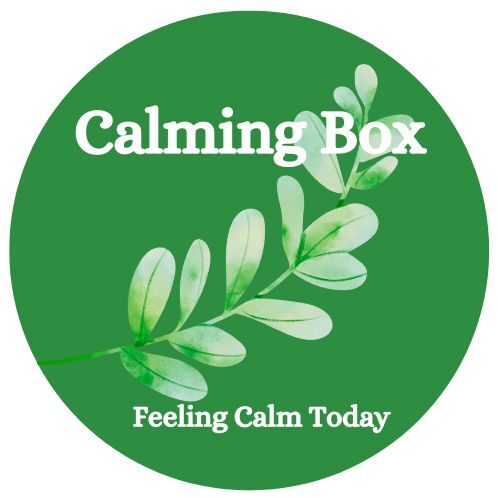Calming Box is giving credit to the Body Awareness Workbook for Trauma by Julie Brown Yau, phd
You learned survival strategies in frightening situations.
Including being shamed rather than accepted, hurt rather than comforted, ignored instead of being listened to, left alone when feeling distressed.
Not cherished or not supported can come about from your caregivers, your siblings or your peers. This can include being bullied at school.Being bullied at home
As you grow up, the survival strategies become familiar. Evolving into a normal response to your embedded trauma.
However, when you are held in a pattern long after the trauma is over, you remain in your traumatized self.
You may sense that although these ways feel familiar, these patterns are limiting and debilitating.
Recognize your strategies don’t serve you and it still does not feel safe to not use them.
Whatever the ways you’ve developed as a response to frightening early experiences, shameful experiences, abusive experiences, you have the capacity to transform them.
Use your calming box to build your own platform to learn, grow and shift.
Find peace and feel productive on your own terms by transforming your coping methods.
By building your calming box foundation to understand how you cope with development trauma you take charge of your own healing.
Not everyone has the financial means to engage with a professional. You can start on your own to find your calm. And, later once you understand yourself choose to engage a professional to guide you. Building your own foundation of calm is always sustainable.
Top 5 List of Reflection include:
- Do you feel disconnected from yourself
- Do you feel disconnected from other and the world sometimes
- Do you feel disconnected from your beautiful body
- Do you feel disconnected from your emotions
- Do you feel disconnected from your own needs
Answering yes to any or all of these reflections does not mean there is no hope for you!
On the contrary. You can use these reflections to remind you of some of the shifts you want to work on.
This may have felt like a normal pattern for you leaving you trapped with the ame issues that do not serve you going forward.
By keeping everything simple you have less of a likelihood of not following through and a better chance of continuing your healing journey.
Acknowledging where we are beginning is an important step.
Top 5 List of Calming Techniques that you can do anywhere and are easy include:
- Lift up your toes starting with the big toe and gently put each toe down. Do it three times. Breathe in slowly. Breathe out slowly.
- Clench your hands as tightly as you can and release. Do it three times.
Breathe in slowly. Breathe out slowly.
- Take two short breaths in through your nose and one long breath out your mouth. Do it three times. Breathe in slowly. Breathe out slowly.
- Use your eyes to look to the left then look to the right. Do this 6 times. Then,look straight ahead. Do it three times. Breathe in slowly. Breathe out slowly.
- Use your mouth to make a raspberry with your lips on your exhale. Do it three times.
Breathe in slowly. Breathe out slowly.
We are slowly learning how to calm ourselves gently and getting used to the idea we control how our body responds to us taking care of it. How we control calming it. How we let it naturally absorb some of the thoughts and situations that can send potentially debilitating shockwaves.
Keep learning. Keep building your calming box of tools and a strong foundation to find your peace. Keep going

